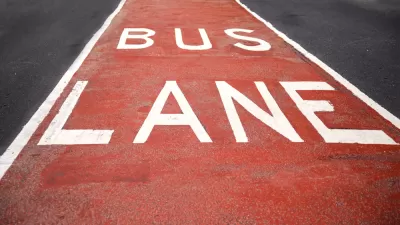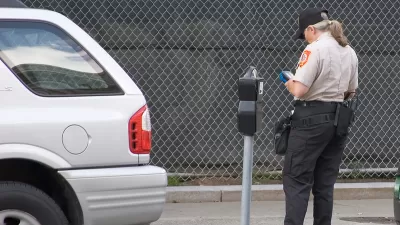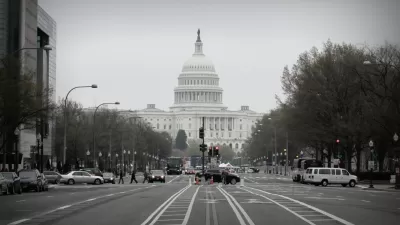Housing on city fringes may be cheaper, but research has shown that after a certain threshold (about 15 miles), the high cost of commuting is no longer offset by it.
"ULI's press release summarizes the findings neatly:
'Housing located far from transit and employment centers places a heavy financial strain on working families in the Washington, D.C. metropolitan region, according to a new publication . . . Beltway Burden documents the challenges faced by area working families who are forced to 'drive 'till they qualify' for housing, incurring higher transportation costs that eventually erode their housing cost savings. It finds that area families are victim to combined housing and transportation costs that constitute, on average, nearly 47 percent of the area median income . . .
'The report points out that 'we need to use our existing infrastructure more wisely and more intensively.' Public policies are needed to preserve the existing stock of affordable housing in the city and older suburbs. More compact development would make public transit more economically feasible and attract retail and other uses, thus reducing congestion, greenhouse gas emissions and transportation costs, the report says.
'These challenges will only increase with the projected addition of 1.7 million new households over the next 20 years in the region.'"
FULL STORY: An in-depth look at location, transportation, and affordability (Part 1: ULI analyzes a metro region)

Planetizen Federal Action Tracker
A weekly monitor of how Trump’s orders and actions are impacting planners and planning in America.

Map: Where Senate Republicans Want to Sell Your Public Lands
For public land advocates, the Senate Republicans’ proposal to sell millions of acres of public land in the West is “the biggest fight of their careers.”

Restaurant Patios Were a Pandemic Win — Why Were They so Hard to Keep?
Social distancing requirements and changes in travel patterns prompted cities to pilot new uses for street and sidewalk space. Then it got complicated.

Platform Pilsner: Vancouver Transit Agency Releases... a Beer?
TransLink will receive a portion of every sale of the four-pack.

Toronto Weighs Cheaper Transit, Parking Hikes for Major Events
Special event rates would take effect during large festivals, sports games and concerts to ‘discourage driving, manage congestion and free up space for transit.”

Berlin to Consider Car-Free Zone Larger Than Manhattan
The area bound by the 22-mile Ringbahn would still allow 12 uses of a private automobile per year per person, and several other exemptions.
Urban Design for Planners 1: Software Tools
This six-course series explores essential urban design concepts using open source software and equips planners with the tools they need to participate fully in the urban design process.
Planning for Universal Design
Learn the tools for implementing Universal Design in planning regulations.
Heyer Gruel & Associates PA
JM Goldson LLC
Custer County Colorado
City of Camden Redevelopment Agency
City of Astoria
Transportation Research & Education Center (TREC) at Portland State University
Camden Redevelopment Agency
City of Claremont
Municipality of Princeton (NJ)





























